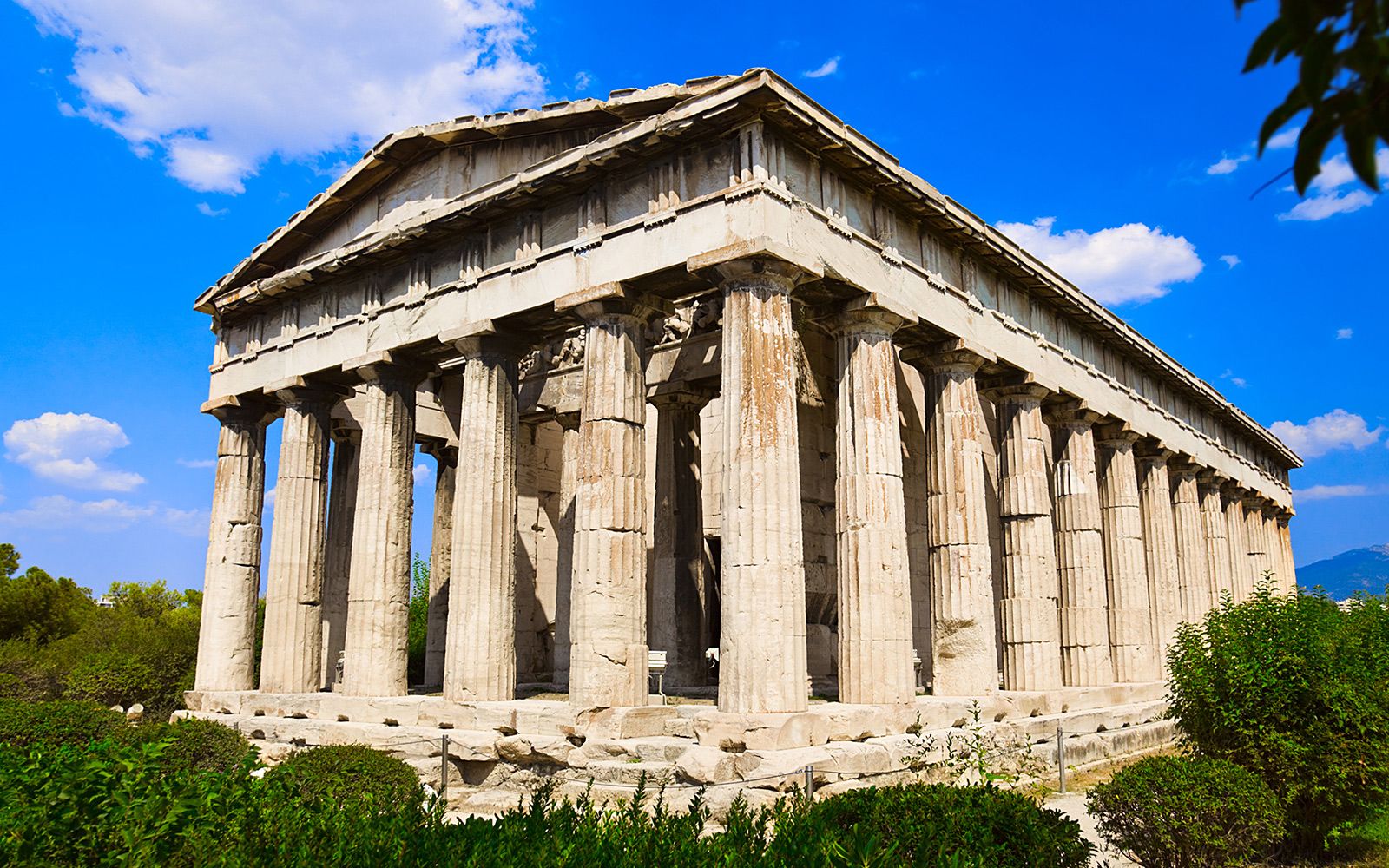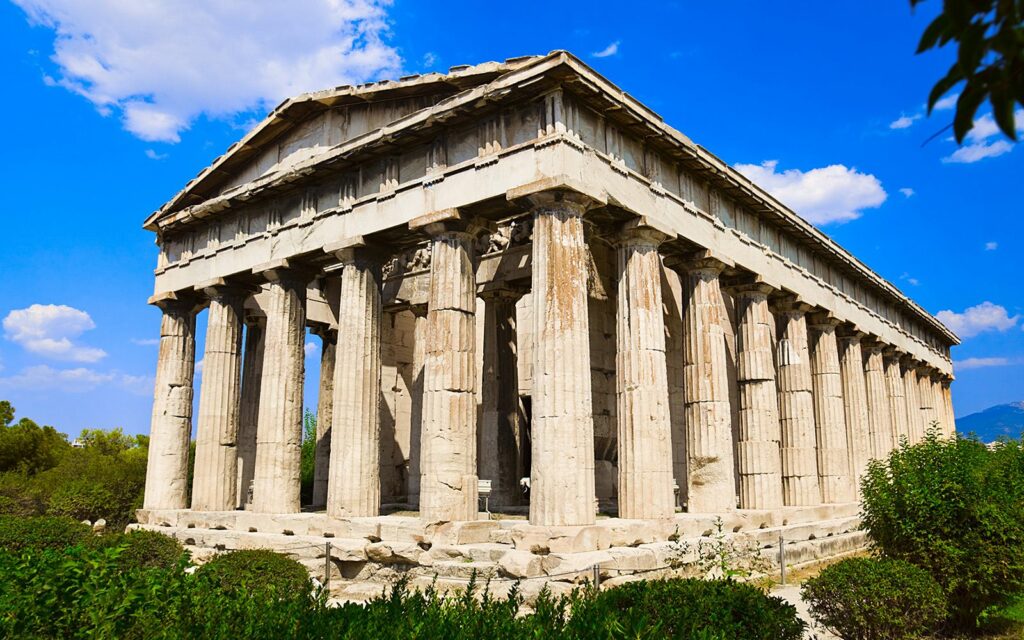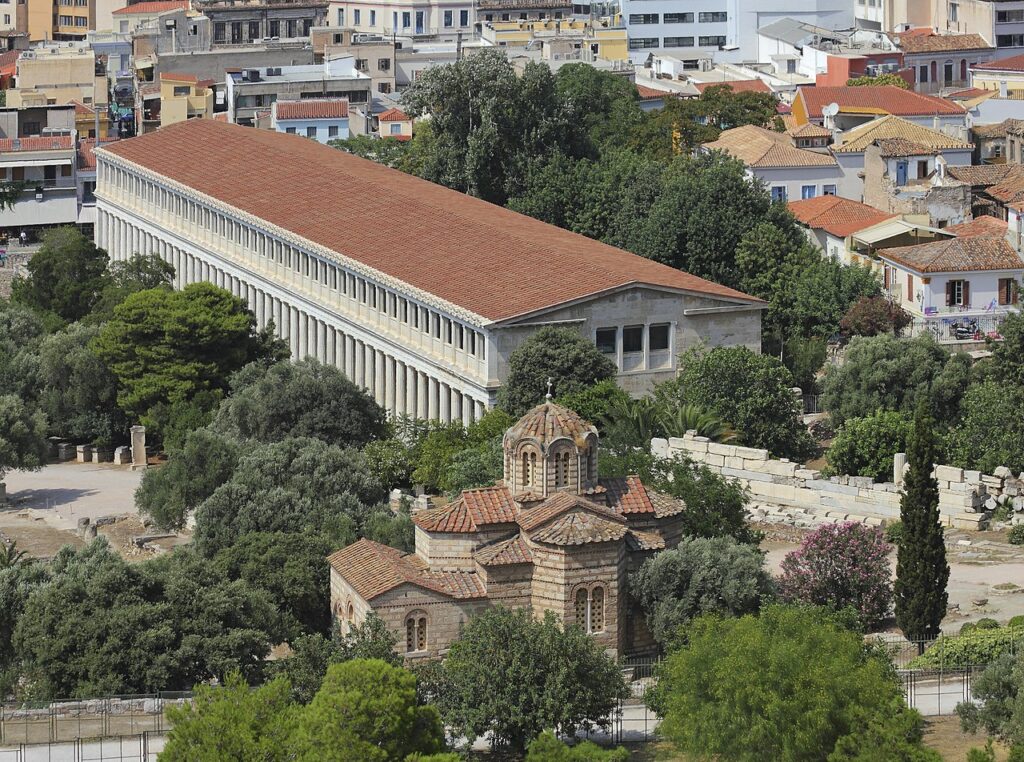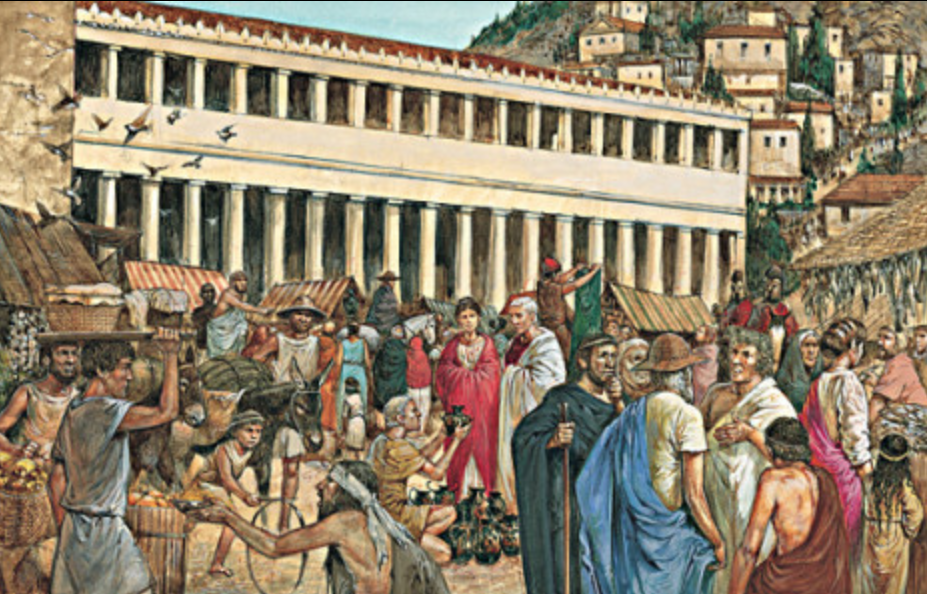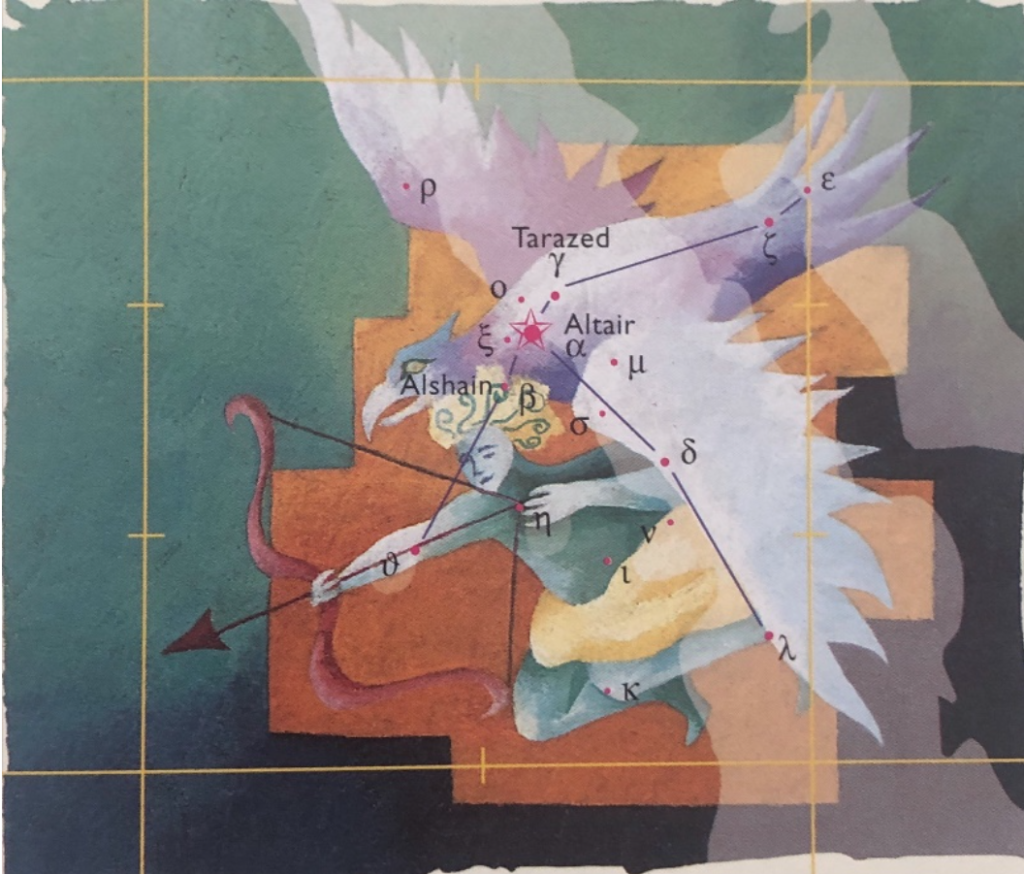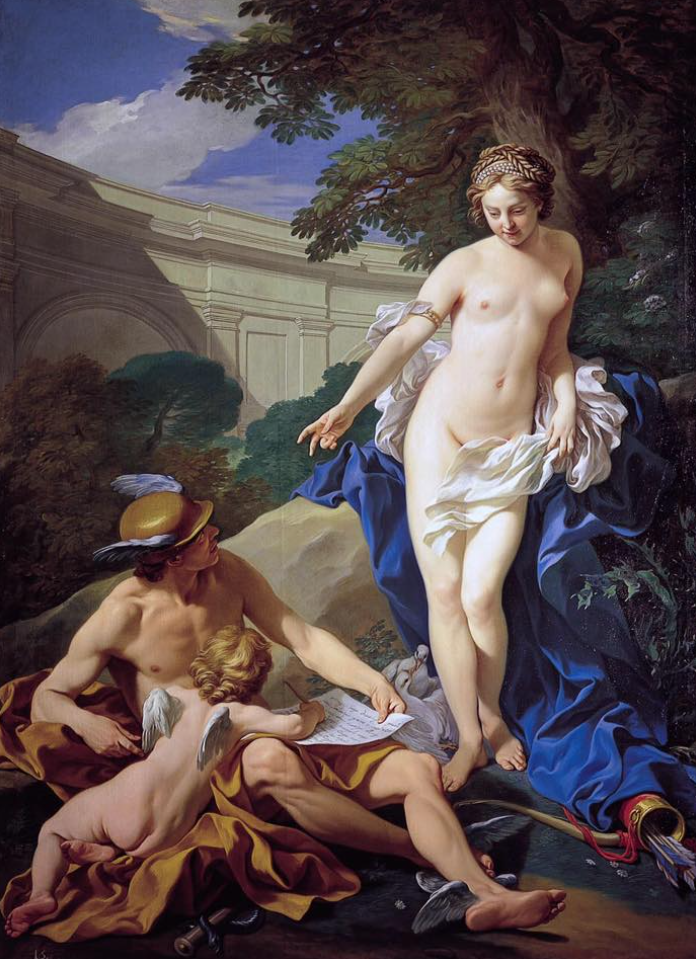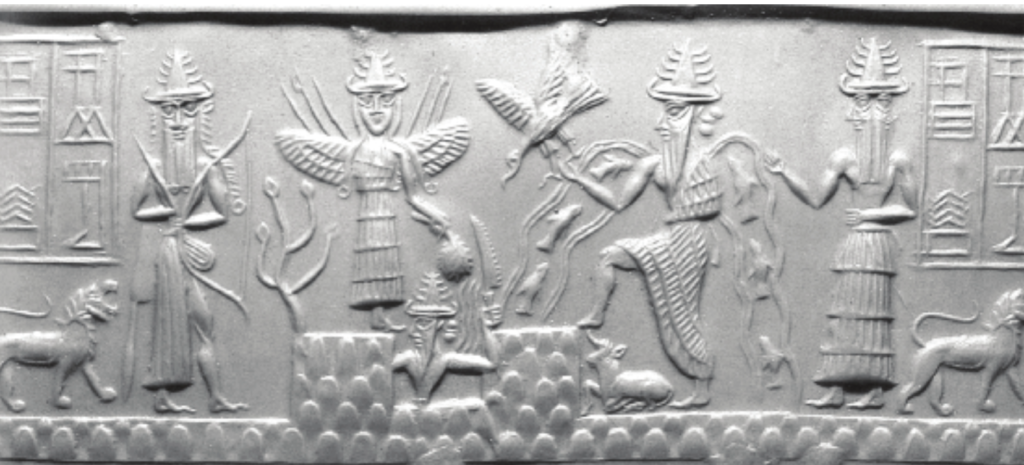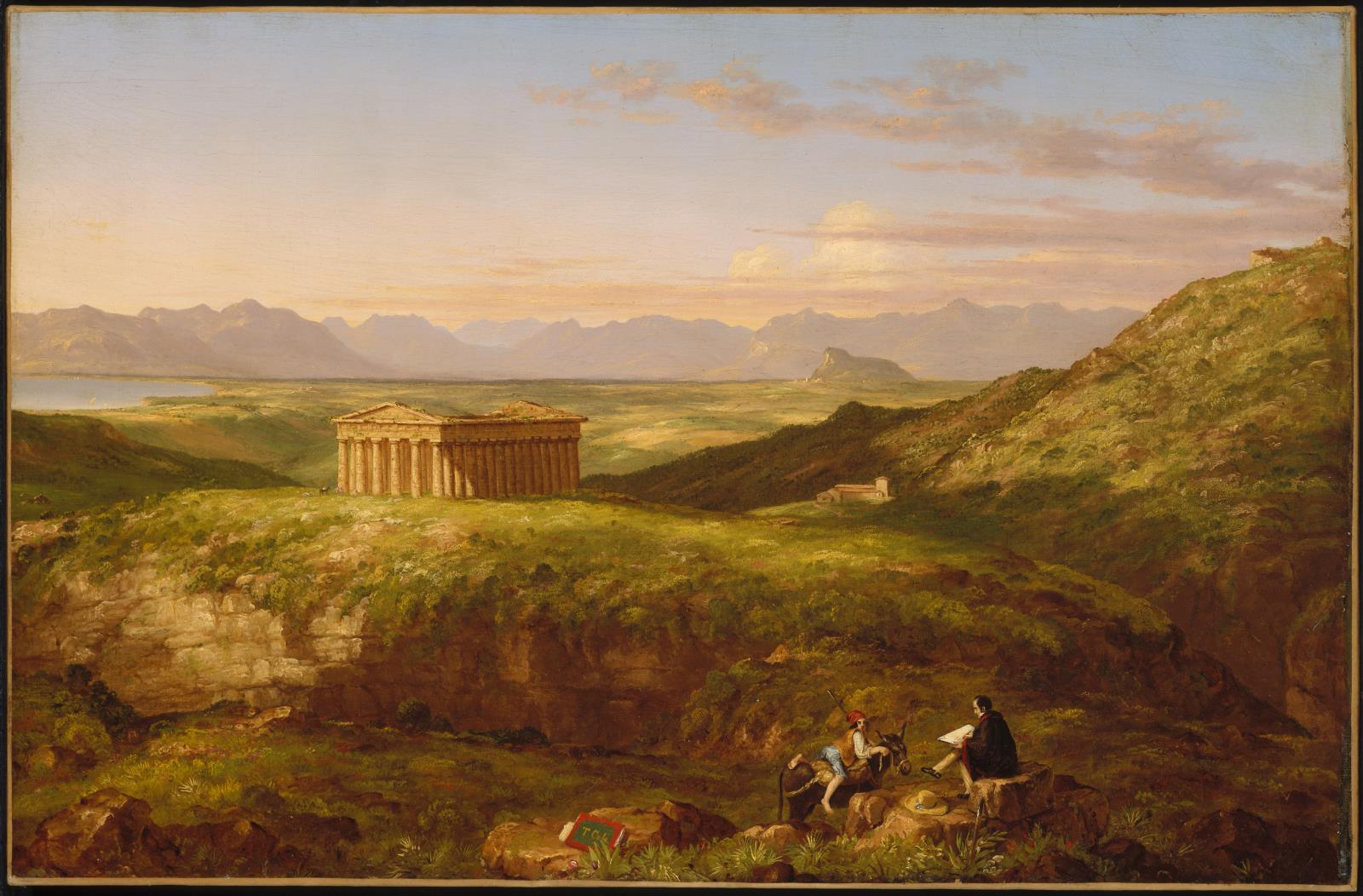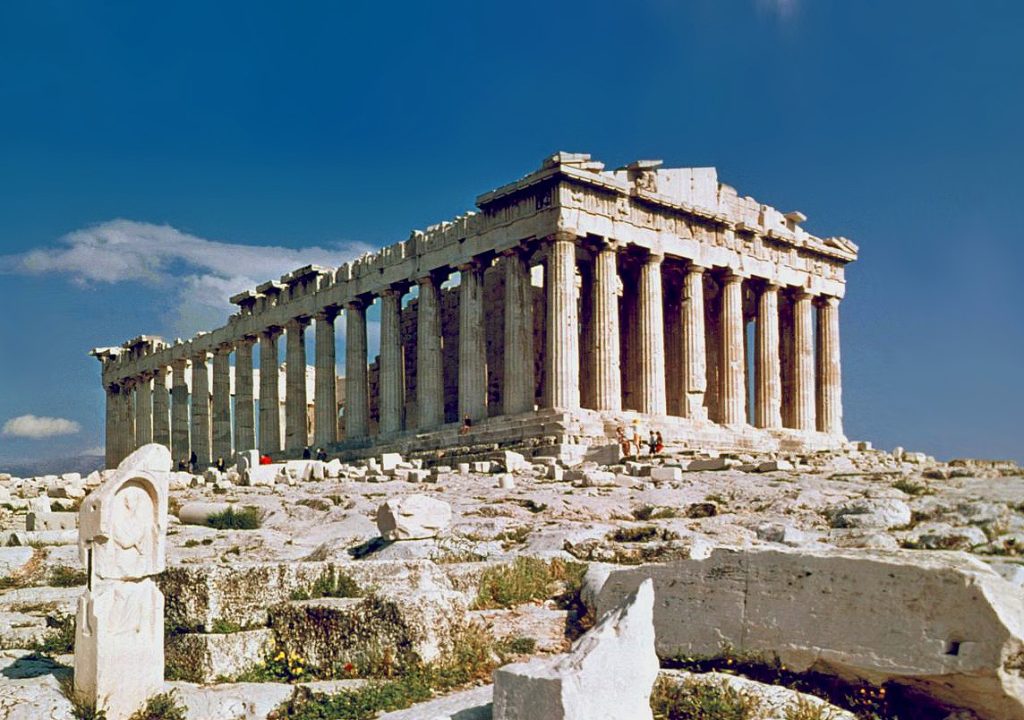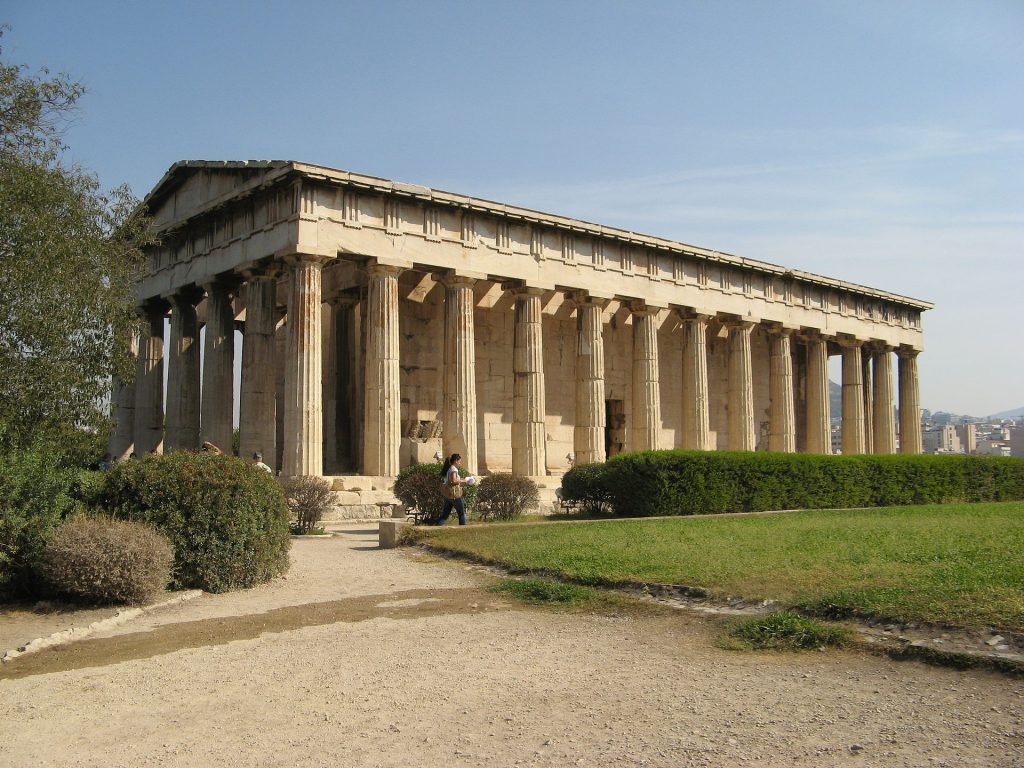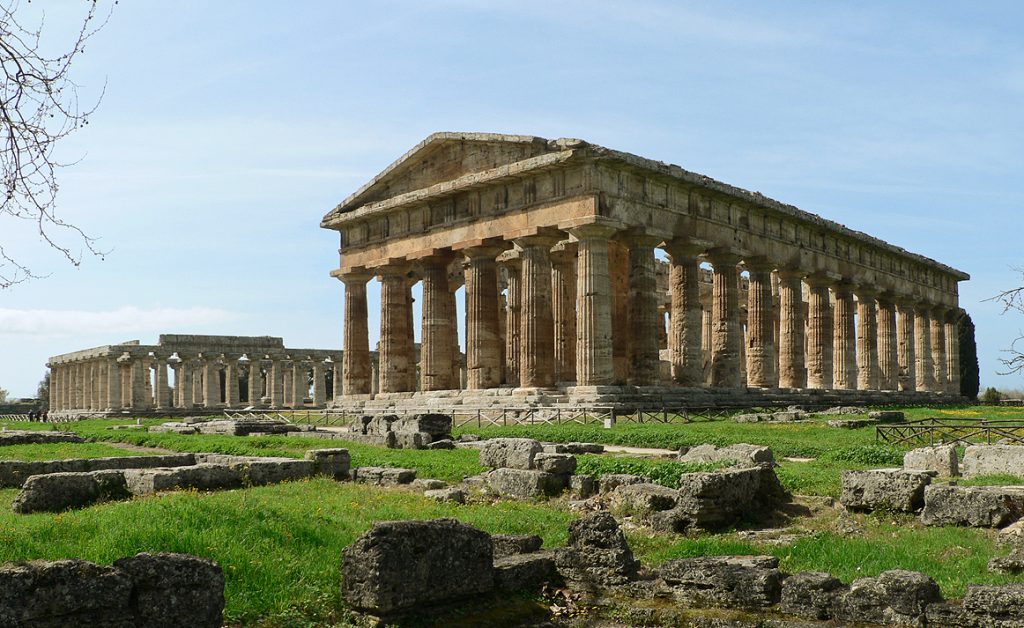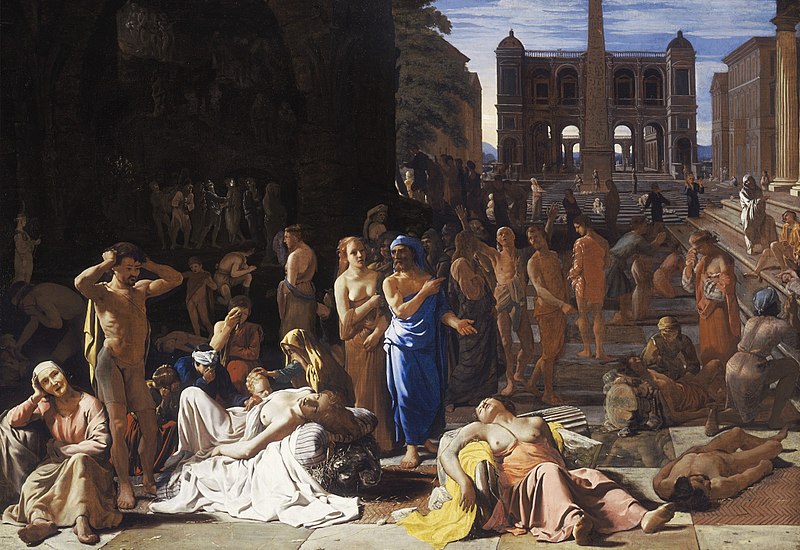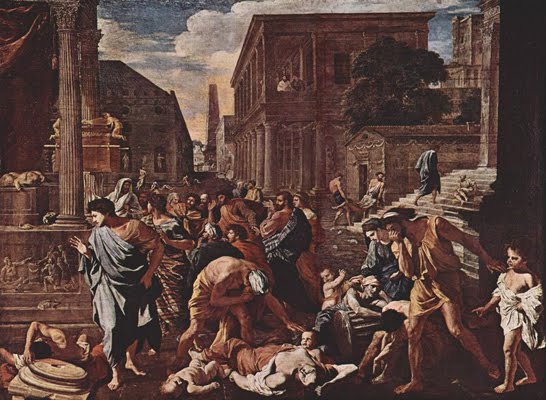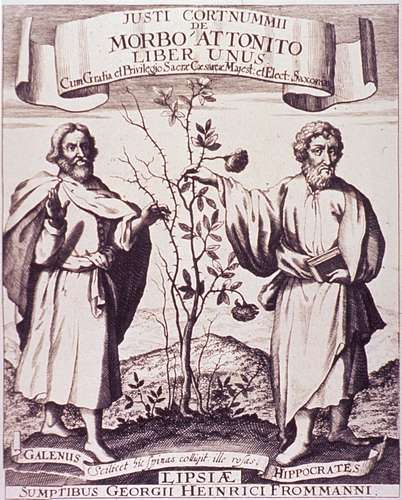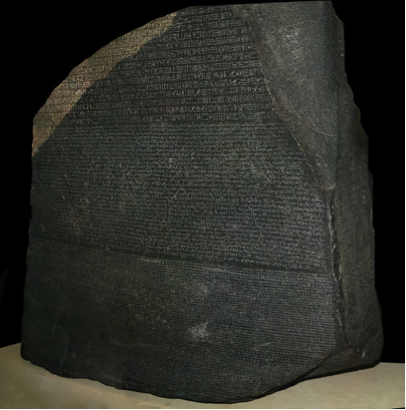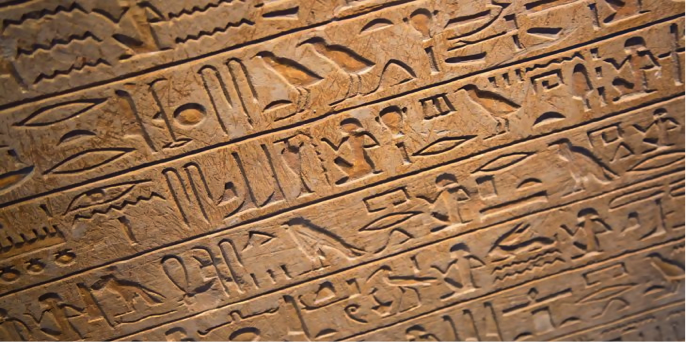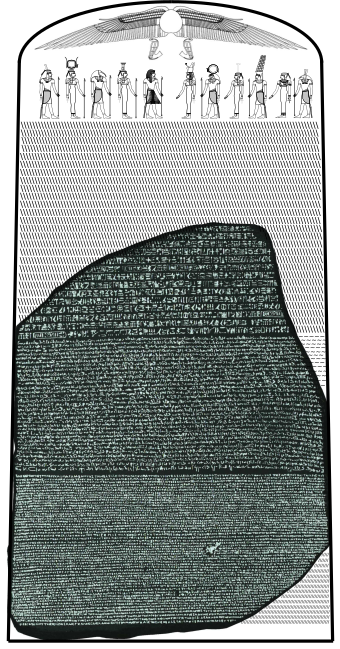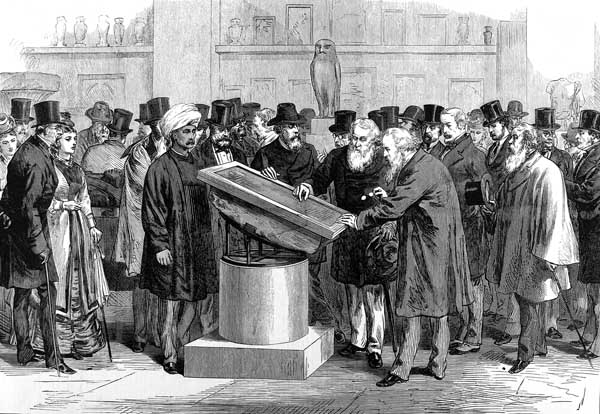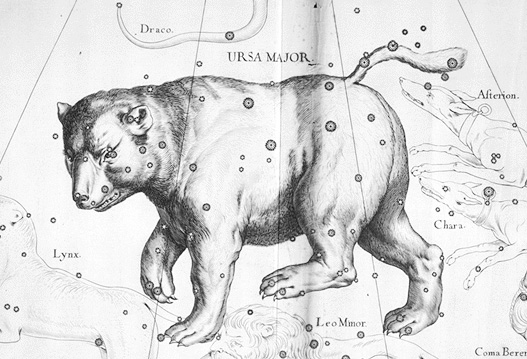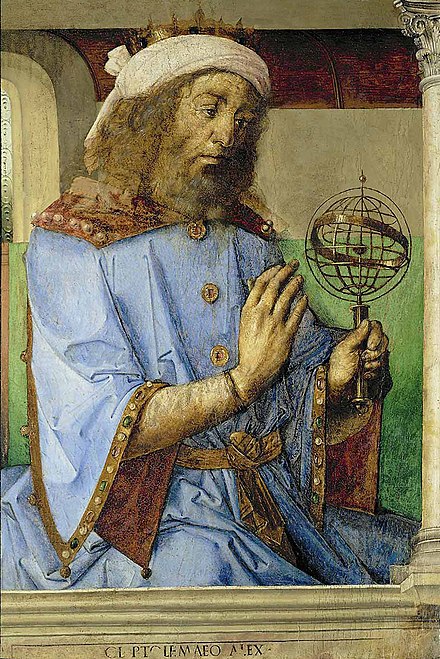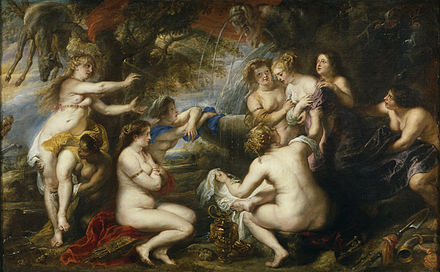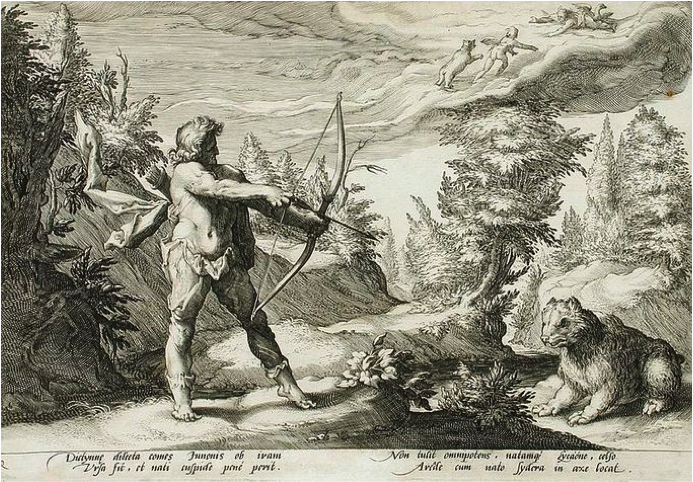Written by Danielle Alexander, Contributing Writer, Classical Wisdom
Zeus features heavily in a lot of starlore, and the Eagle constellation is no exception. The predominantly accepted mythos for this constellation is the abduction of Ganymede. Zeus had facilitated the kidnapping, fancying the beautiful mortal boy as his personal cup-bearer.
In the constellation, which is situated south of Cygnus on the equator, making it visible from both the Northern and Southern hemispheres, poor Ganymede can be seen hanging from the claws of the eagle as he is swiftly taken to the heavens.
The constellation appears alongside several other bird constellations. The Eagle’s wings are spread, giving it the appearance of gliding through the stars. As Hyginus states, the beak is separated from the body by a milky circle. It was also said to set “at the rising of the Lion and rises with Capricorn”. (Hyginus, Astronomy, 3.15)

An artist’s impression of the constellation showing Ganymede being forcibly escorted to the Heavens. Image: Geoffrey Cornelius, 2005:43
Greek astronomy
Humans have a natural urge to identify familiar things amongst the twinkling stars of the mysterious abyss above us. These narratives came out of astronomical observations and ancient time tracking. The study of the sky began long before the earliest Greek sources that (sparsely) discuss them, Homer and Hesiod. They likely developed during the transition from oral to written transmission, but to what is extent is unknown.
Even though the Greeks were late to the constellation conversation (500 BC), they received a lot of their knowledge from their Eastern neighbors. The Greeks introduced the word katasterismos, or catasterism, which refers to the process of being set in the heavens. Constellations were used for navigation and an indication of seasonal change; many extravagant mythic connections were added later.
Today, there are 88 constellations officially defined by the International Astronomical Union, and many of them have been accepted since Ptolemy’s The Almagest (A.D 150).
Constellations created by the Mesopotamians between 1300-1000 BC originate in older lands, but the Greek astral mythos canon was solidified by Eratosthenes, in a work now lost to us.

Ganymede Waters Zeus as an Eagle by Bertel Thorvaldsen (Minneapolis Institute of Arts, Minneapolis, MN). Image: Wikipedia
Zeus and his trusted companion
The myth of Ganymede is very ancient lore, being told in the tale of Troy by Homer (Illiad 20.298ff) – albeit with no mention of an eagle escort. In the fifth Homeric Hymn to Apollo, Ganymede was said to be whisked off to Olympus by a ‘heaven-sent whirlwind’.
The eagle was not connected to this tale until the 4th century BC. The constellation was accepted as an eagle prior to this, so it is presumed that this addition was made to make the story fit the stars, probably because Ganymede is said to feature in his own nearby constellation, the water-pourer (Aquarius).
The eagle is said to have been chosen by Zeus, as ‘strives to fly straight into the rays of the rising sun’ (Hyginus, Astronomy 3.15). This association is linked to the origin of the Olympian rule; Zeus had been hidden from his father and when he left the island of Naxos to confront, the Titans, an eagle took flight with him. He regarded this as a favorable omen and deemed the eagle his sacred bird.
It’s not always about Zeus
Another variation sees this constellation representing the eagle that tore at the insides of Prometheus. As a descendant of Gaia and Uranus, he was a Titan whose name meant ‘foresight’ and was considered a protector of humanity. He taught the humans how to use the arts and sciences, much to Zeus’ chagrin, but pushed too far when he gave them fire, smuggled to the earth from the sun in a hollow fennel stem.
Zeus punished the Titan ferociously – he was chained a pillar in the Caucasus Mountains, and from dawn to dusk his insides were torn apart by a predatory bird. He healed each night, fresh for the onslaught of torture the following sunrise. Hercules pleaded with Zeus for mercy, which was granted. The wise centaur Chiron removed the Titan’s immortality in exchange for his freedom, and Hercules shot the eagle.

The punished Titans; Atlas and Prometheus. The eagle is shown to be eating Prometheus’ liver after he stole fire from the gods and gave it to man. Medium: A black-figure Lakonian kylix, c. 570-560 BCE. Image: Karl-Ludwig G. Poggemann via Mark Cartwright
On the other hand, this could be the story of how Hermes met Aphrodite. He fell head over heels in love with the goddess of beauty and her rejection to his advances were beyond disheartening – they were insulting.
Zeus took pity on the rejected Hermes. He sent an eagle to steal Aphrodites’ slipper as she bathed in the river Acheloos. He then gifted it to Hermes who was in Amythaonia, Egypt. She searched for her slipper and met her admirer, where romance bloomed. Grateful for the eagle’s help, Hermes placed its image in the sky.
Hermes’ tale, while referenced in the Odyssey, is heavily folkloric in structure. A very similar story features a courtesan Rhodopis, whose slipper is stolen and dropped onto the lap of the Egyptian pharaoh, who demanded the owner be found so he could wed her. This folkloric theme is likely known to the modern reader in the Disney adaptation of the Brothers Grimm retelling of Cinderella.

Hermes, Aphrodite, and Eros. Image: Louis-Michel Van Loo (1748)
What about a mortal man?
It is also said that the Eagle constellation is about Merops, a moral placed amongst the stars by Hera.
Merops was married to Ethemeia, a nymph who rejected the worship of Artemis. She was felled by arrows by the vengeful goddess of the hunt, but was whisked away by Persephone, still alive but in the Underworld. Merops mourned, and his grief was so deep he yearned to join his wife. Moved by the bond the couple clearly shared, the goddess of marriage transformed him into an eagle and placed him in the heavens, hoping to free him from his memories.
However, why an eagle? Merops means bee-eater in Greek, so potentially he was transformed into a different bird until the eagle variation emerged to fit the constellation.

The European bee-eater inhabits the southern Mediterranean and North/West Africa, with fossils extending from Israel to Russia. Potentially it was involved in mythos concerning love due to its’ magnificent beauty. Image: Otto Plantema via Oiseaux Birds
The Egyptian Eagle
For the Egyptians, this constellation was part of another they named ‘the Giant’, aptly named as it stretched from Aquila (Eagle) to Pegasus. The Mesopotamians identified a ‘Dead Man’ with their Eagle and attributed it para-zodiacal status, its ascension potentially due to housing the ‘royal’ star, Altair. It held special importance around the winter solstice and featured in several major astronomical lists from the time.
For example, an Old Babylonian (c.1830-1530 BC) text reveals a ‘Prayer to the Gods of the Night’, invoking the constellations to bless an entrail divination. Studying the stars was important in Mesopotamian culture, and they kept astronomical ‘diaries’ well into the Hellenistic Age, with the last example being after Persian conquest and dating to 75 AD. The emphasis placed by them on astronomy, and its’ primordial relationship to the gods and divination, is still seen today in certain places within the region.
It is not uncommon to find the eagle associated with solar or victory symbolism cross-culturally, both in the ancient and modern world. This association can be seen in several Eastern cultures, whereas the Western world has the Greek and Roman connection to Jupiter and the rays of the sun as well as the eventual appropriation of the eagle symbolism by right-wing propaganda (most memorably, Nazi Germany).
However, this constellation and its symbolism began with victory over those who would bring darkness and evil. Ningrisu, patron god of Sumerian Lagash, was the god of fertility, war and notably, the storm. In inscriptions, he is described as the master of the heavens and is shown with, or sometimes as, a lion-headed eagle named Imdugud. This divine bird is associated with the rays of the sun and Ningrisu himself was identified as a vanquisher of demons, darkness and evil. This aquiline and solar/storm symbolic connection had been cemented by the 3rd millennium BC – the same time that Babylonian seals start depicting a hero amidst the wings, a potential prototype for Ganymede.

The Akkadian ‘Seal of Adda’ dating from c.2300 BC potentially shows Aquila on the palm of a gods’ hand. Image: (BM 89115), The British Museum
The Eagle constellation shows how stories morph over time, and how they can be shaped to fill a required mould. It also shows the continuity of symbolism and its impact throughout the centuries and countries. Even the stars within the constellation are linked to the word ‘eagle’ despite being of various linguistic origin. The same sky really does lie above us all.

